Mathematics 2 BESS Assignment 1 Problems Solutions and Analysis
VerifiedAdded on 2022/09/08
|5
|1031
|13
Homework Assignment
AI Summary
This document presents a detailed solution to a mathematics assignment, addressing problems from two exercises. Exercise 1 explores the application of Dini's theorem to an ellipse equation, finding derivatives, and determining the tangent line equation. Exercise 2 focuses on the natural domain of a function, limits, and derivatives, including directional derivatives and convexity. The solutions provide step-by-step explanations, including the use of the natural domain, limits, derivatives, and the concept of convexity. The assignment covers topics from calculus, including the study of implicit functions, the application of Dini's theorem and the analysis of the directional derivative. The solutions provided can be useful for students studying calculus and related subjects, offering a comprehensive understanding of the concepts involved.
1 out of 5
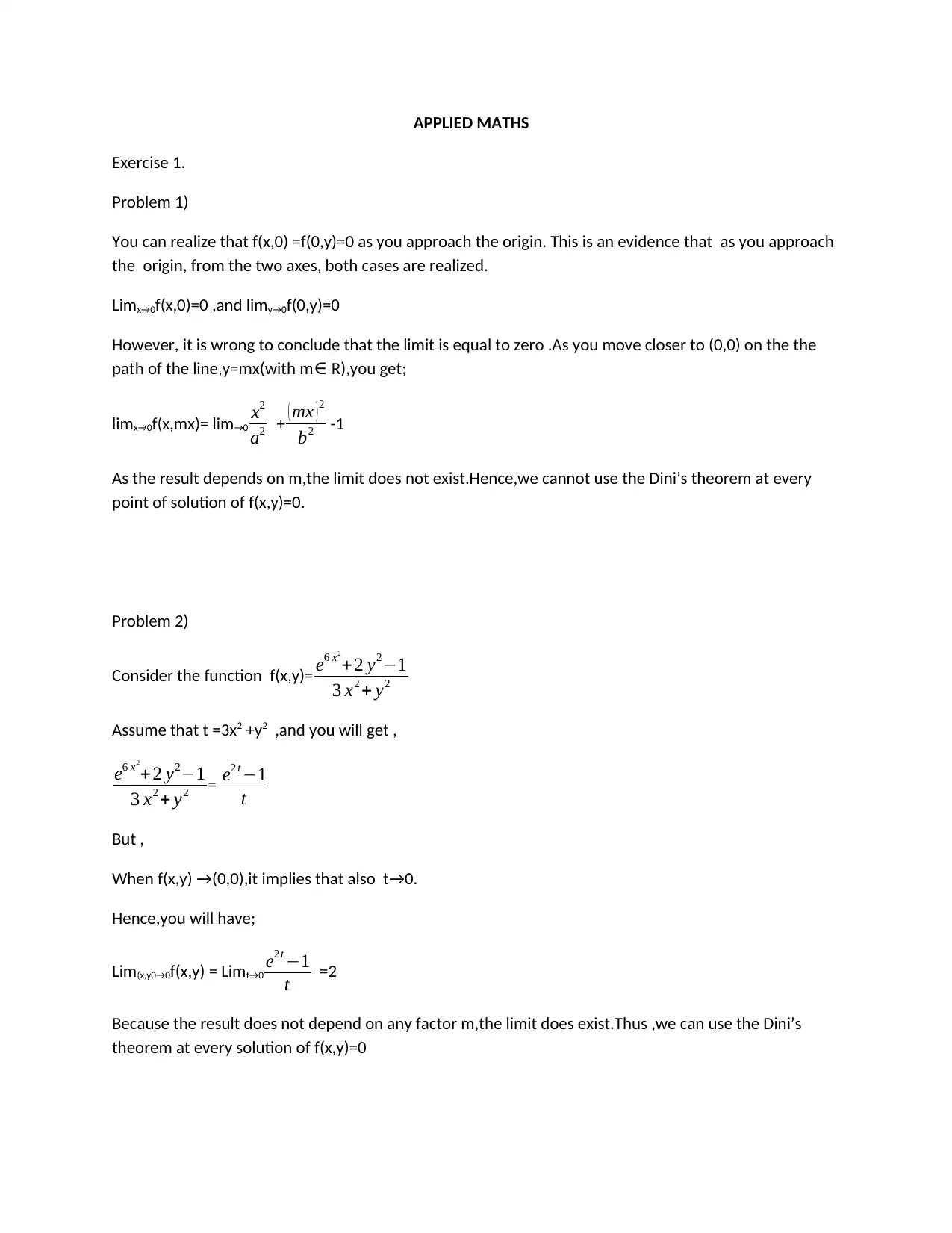
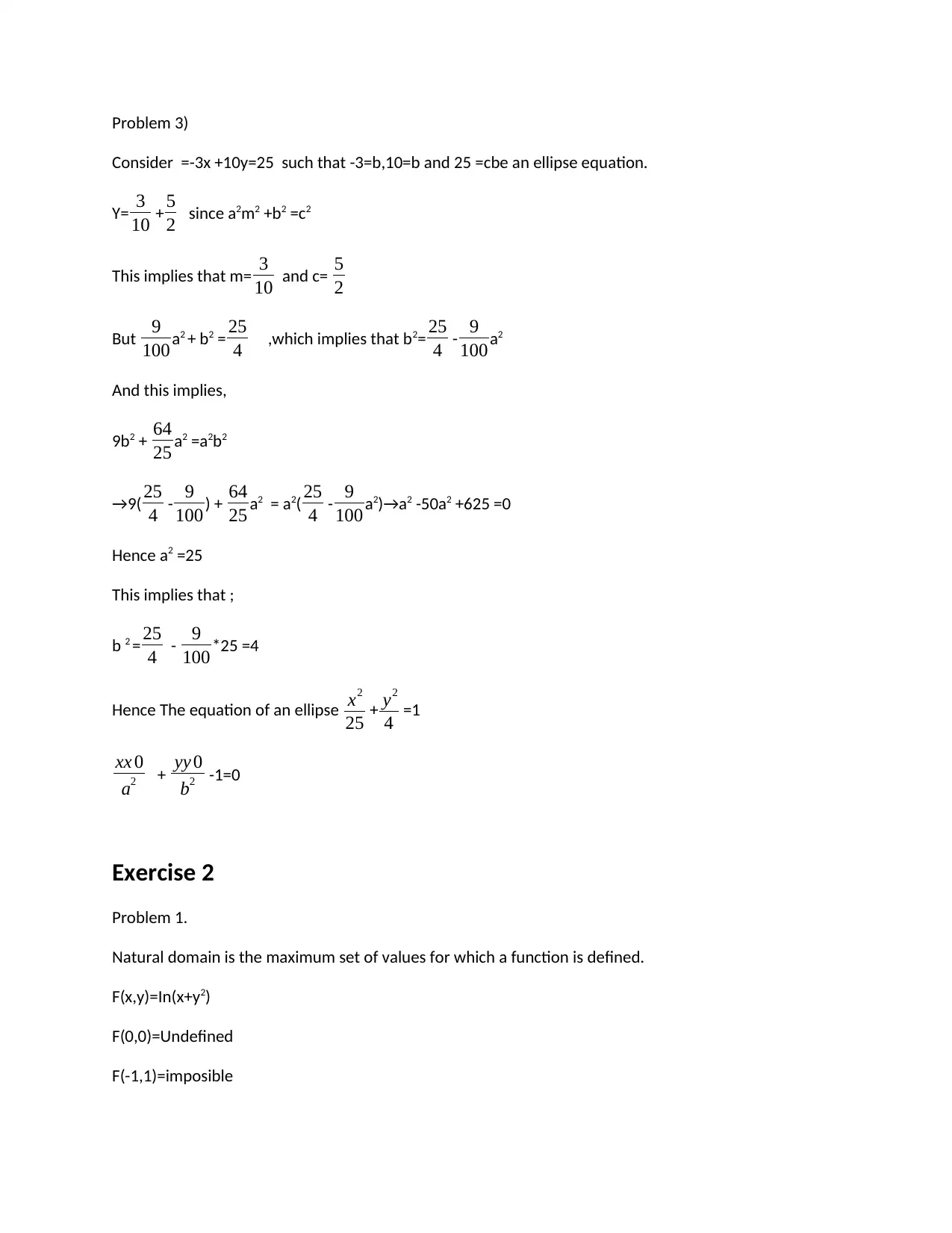
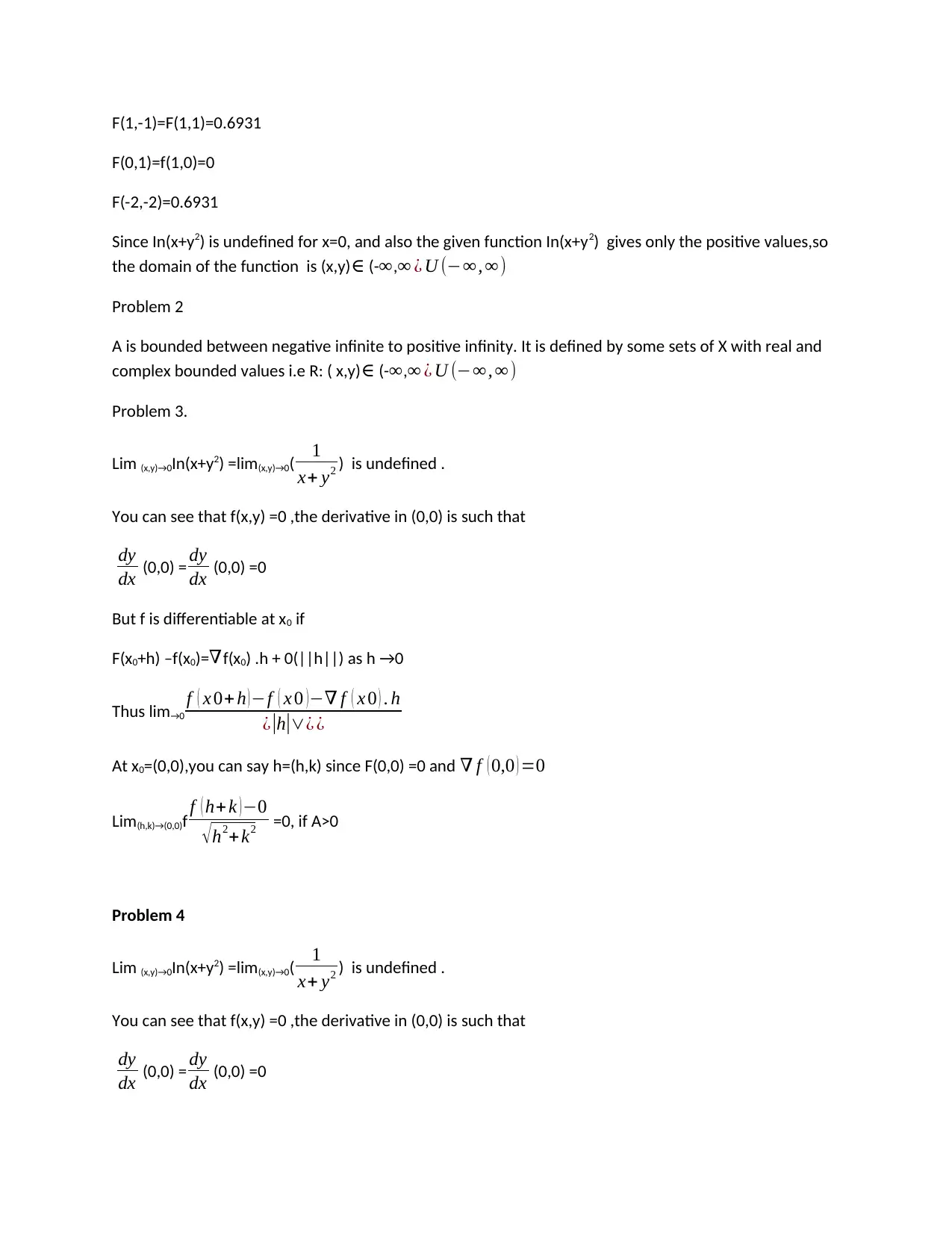

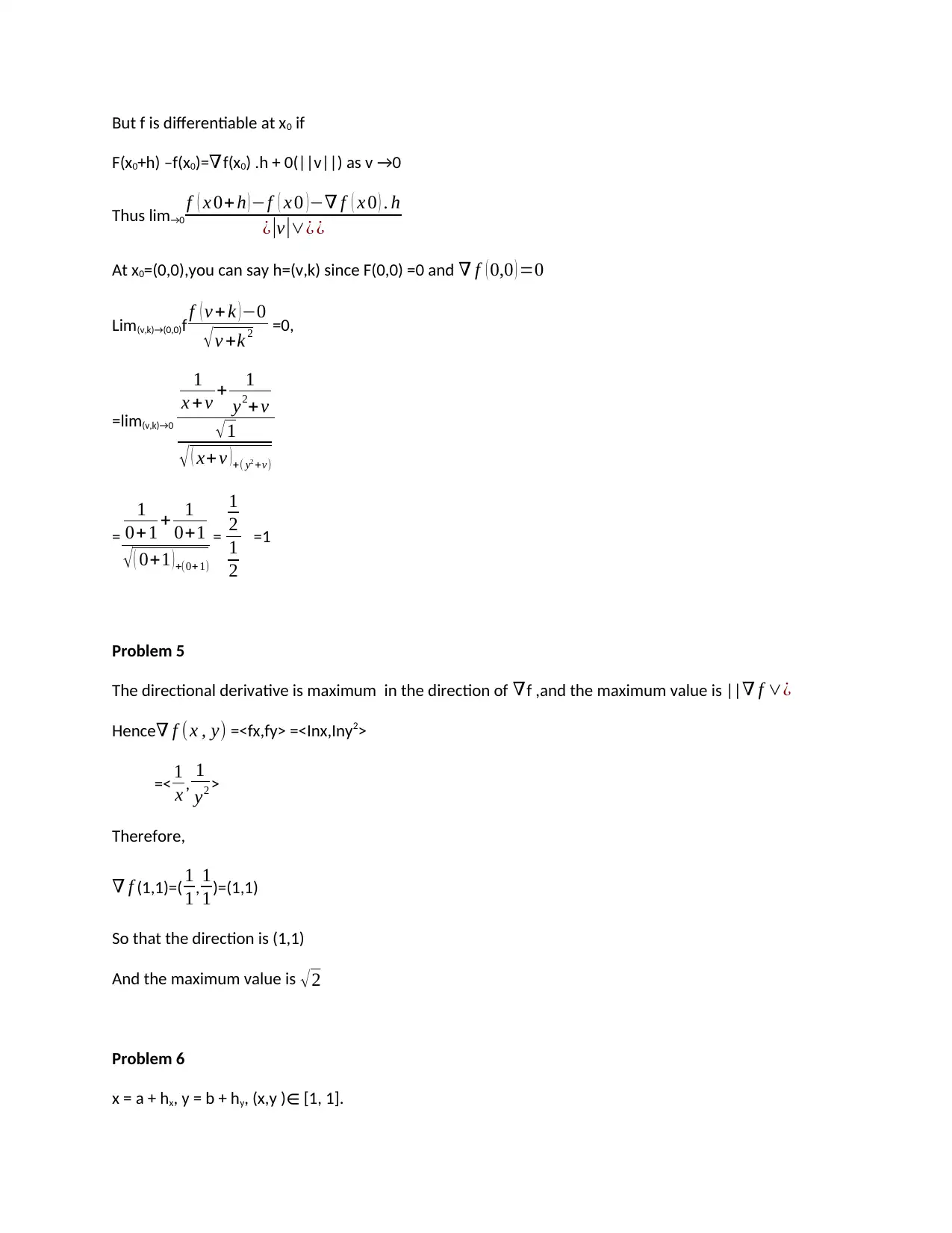
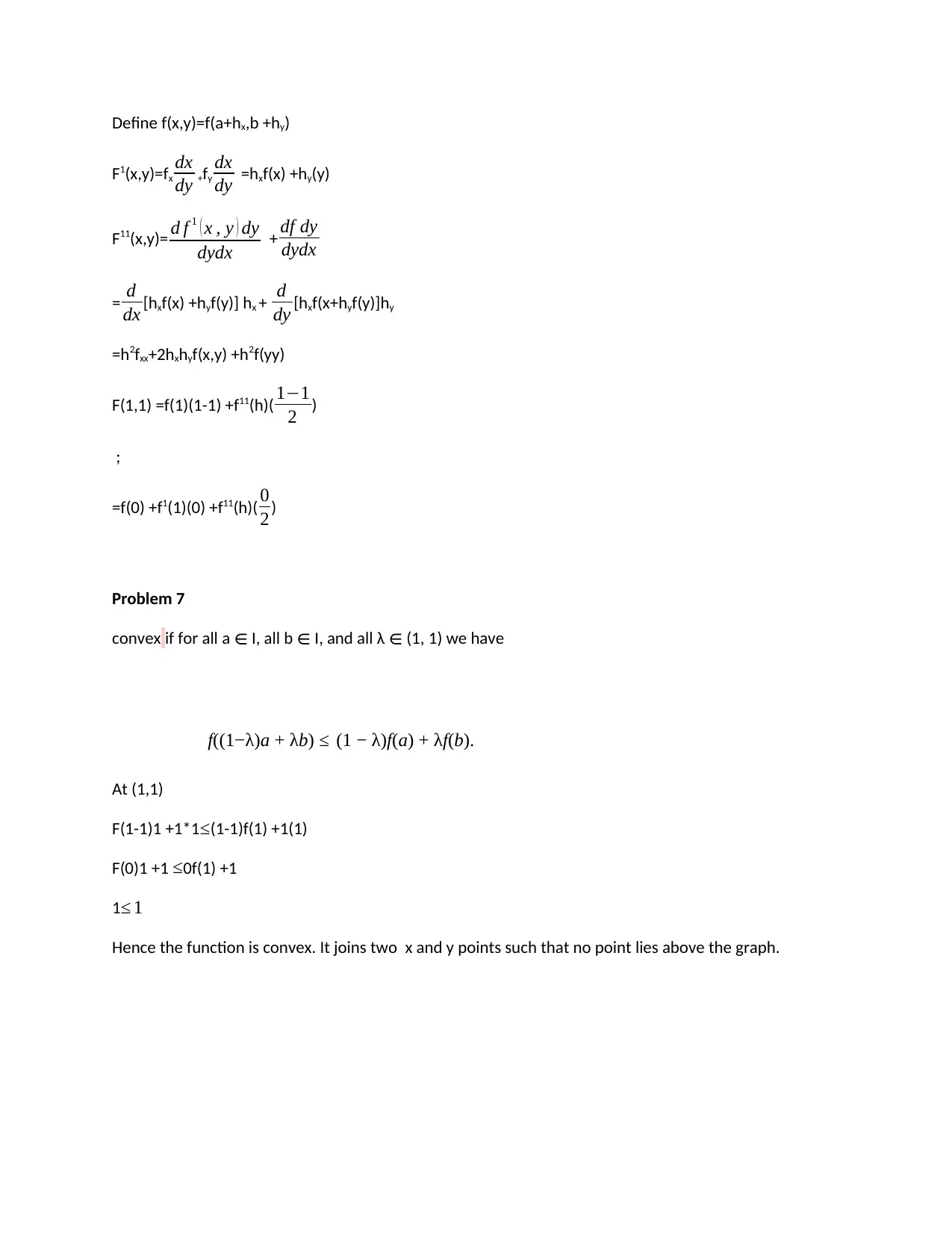

![[object Object]](/_next/static/media/star-bottom.7253800d.svg)